Bestwood Country park stretches 650 acres and is part of the original Sherwood Forest. It lies around five miles north of Nottingham and is accessible by city transport buses. It is also walkable from the Robin Hood Line train. Towards the Arnold/ Mansfield road side of the park is situated The Bestwood Lodge Hotel which is on the edge of the woodland. A decent meal or a drink in extremely civilised surroundings are available in the historic old building.
Meeting my friend at Bestwood Lodge today for an arranged walk with a park ranger was such a good idea. We met after nine-thirty and joined ranger, John and another walker an hour later, prepared to learn something new about the park we have used and loved so much over the years.
![[image]](https://i0.wp.com/webzoom.freewebs.com/stuartfrew/Blog%20Images/Bestwood_Lodge_Htel.jpg)
Bestwood Lodge
But a few minutes into the walk, we saw the rare black Hebridean Sheep which are kept in one of Bestwood’s ancient flower meadows. This particular meadow was described to us as resembling one from 200 years ago in its native flora and fauna.
Woodland management is a huge task in Bestwood. To preserve the natural vegetation of the woods – that of mainly Birch and oak trees, patches of sycamore are routinely cleared to allow the former to grow. As in most areas of nature, a natural balance is sought and it is felt that the sycamore offers too dense a shade in the woodland for the oak and birch saplings to flourish. This in turns affects the type of wildlife that exists happily in this area of the old Sherwood Forest, and has done for many hundreds of years.
All around the park there are piles of logs where trees have been cleared or pruned. It had always crossed my mind what happened to the wood and I found out today. Much of the material is left on the woodland floor for invertebrates to live in and for fungi to grow amongst. The deeper the pile of wood the better apparently for some creatures. Some of the wood is however sold as firewood. Something I will be availing myself of, partly to contribute to Bestwood and partly as there is something somehow satisfying about burning fuel gathered from my own community putting something back at the same time.
We observed young yew saplings which have been introduced to the woodland. Yew is one of the oldest trees this country has and can grow for up to a thousand years it is said. There is some confusion as to why Yew is often seen within churchyards. Our ranger’s opinion was that the yew offers extremely good waterproof cover due to its shape, and that pagan worship was held underneath the bows of the trees. The Christian churches were then built on these same plots after their introduction, therefore the yew being a common churchyard sight. Another strong theory is that Yews were planted by decree to supply wood for longbows for forest folk. The yew possesses bright red berries which are attractive to birds, it is however extremely poisonous to humans.
Finally our walk ended where we had begun, at the old winding house. This building was part of the original Bestwood Colliery which stopped producing coal in the 1960’s. Some form of maintenance work however carried on into the 1980’s. The winding house which contained the steam engine that powered the ‘cage’ that took the colliers down the shaft to the coal seams below has a team of enthusiasts who help preserve this unique building. In the past week it has been reported that a lottery grant of £1m has been won by the council to develop it. There will be lifts and visits possible to the coal face below, together with a tea room which is sure to be popular.
One wonders about the future of Bestwood and hopes that it remains the unspoilt haven of history and tranquility that it is now. The ranger’s opinion is that perhaps the winding house may end up as something of a ‘honey pot’ for visitors and yet those of us that seek more solitude and peace within the park will still use the majority of the wider area. I hope and believe so.
Bestwood Country Park (or as we say around these parts, ‘up Bestwood’) for me however remains Nottinghamshire’s best kept secret for the moment.

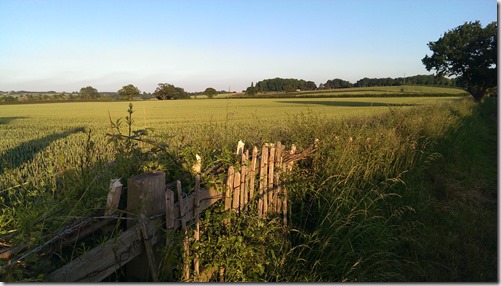
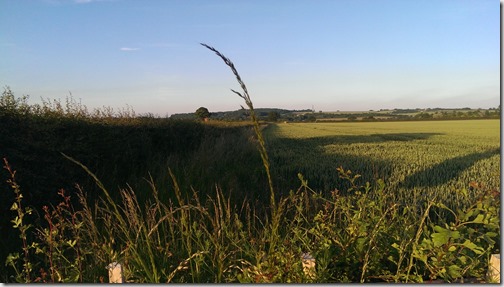
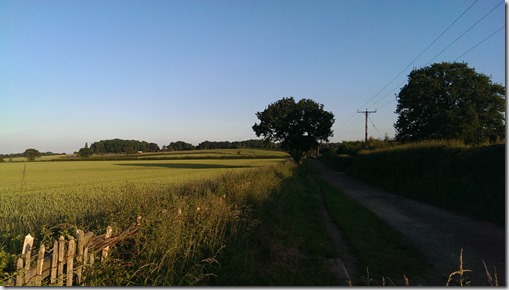
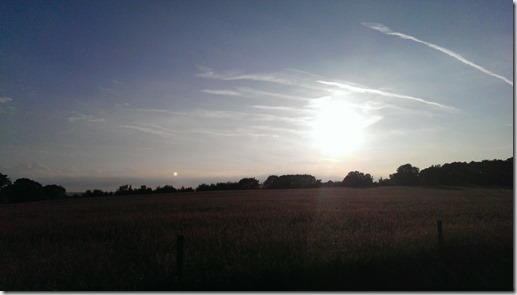
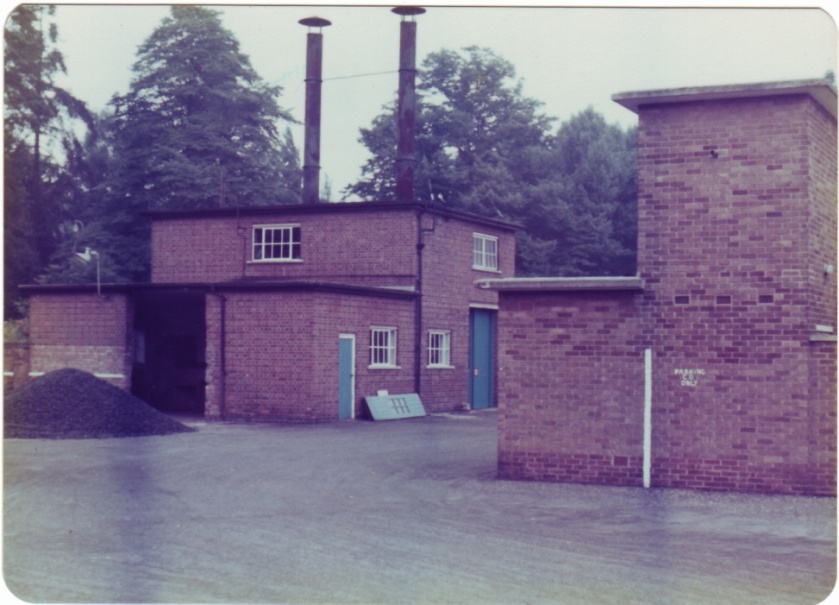
 le coming to work in the mine, the Lancaster’s built sixty-four houses, an Institute, Offices, a school and an Ironworks. Before the colliery the Bestwood area was a peaceful place full of woodland only, with few people living there. There were two mills nearby on the River Lean that housed child workers but very few other people. Up to 2000 men came to work in the mine; many of them came from nearby areas like Arnold and Hucknall. The Colliers Pad, where miners walked to work from Redhill still exists. The winding house that used to lower the men down into the mine still stands. It has a large engine inside which would operate the ‘cage’ lowering miners down below ground. It would also bring the coal to the surface.
le coming to work in the mine, the Lancaster’s built sixty-four houses, an Institute, Offices, a school and an Ironworks. Before the colliery the Bestwood area was a peaceful place full of woodland only, with few people living there. There were two mills nearby on the River Lean that housed child workers but very few other people. Up to 2000 men came to work in the mine; many of them came from nearby areas like Arnold and Hucknall. The Colliers Pad, where miners walked to work from Redhill still exists. The winding house that used to lower the men down into the mine still stands. It has a large engine inside which would operate the ‘cage’ lowering miners down below ground. It would also bring the coal to the surface.![[image]](https://i0.wp.com/webzoom.freewebs.com/stuartfrew/Blog%20Images/Bestwood_Lodge_Htel.jpg)